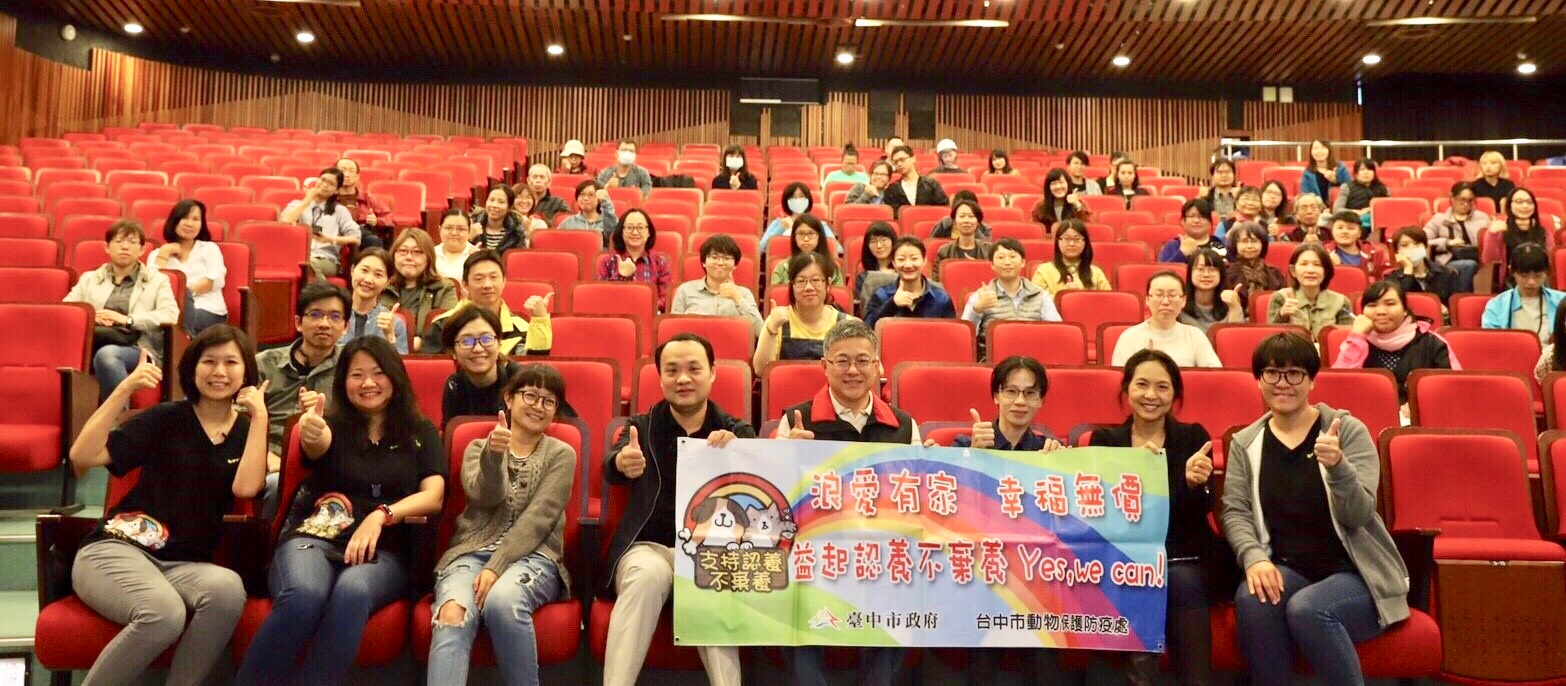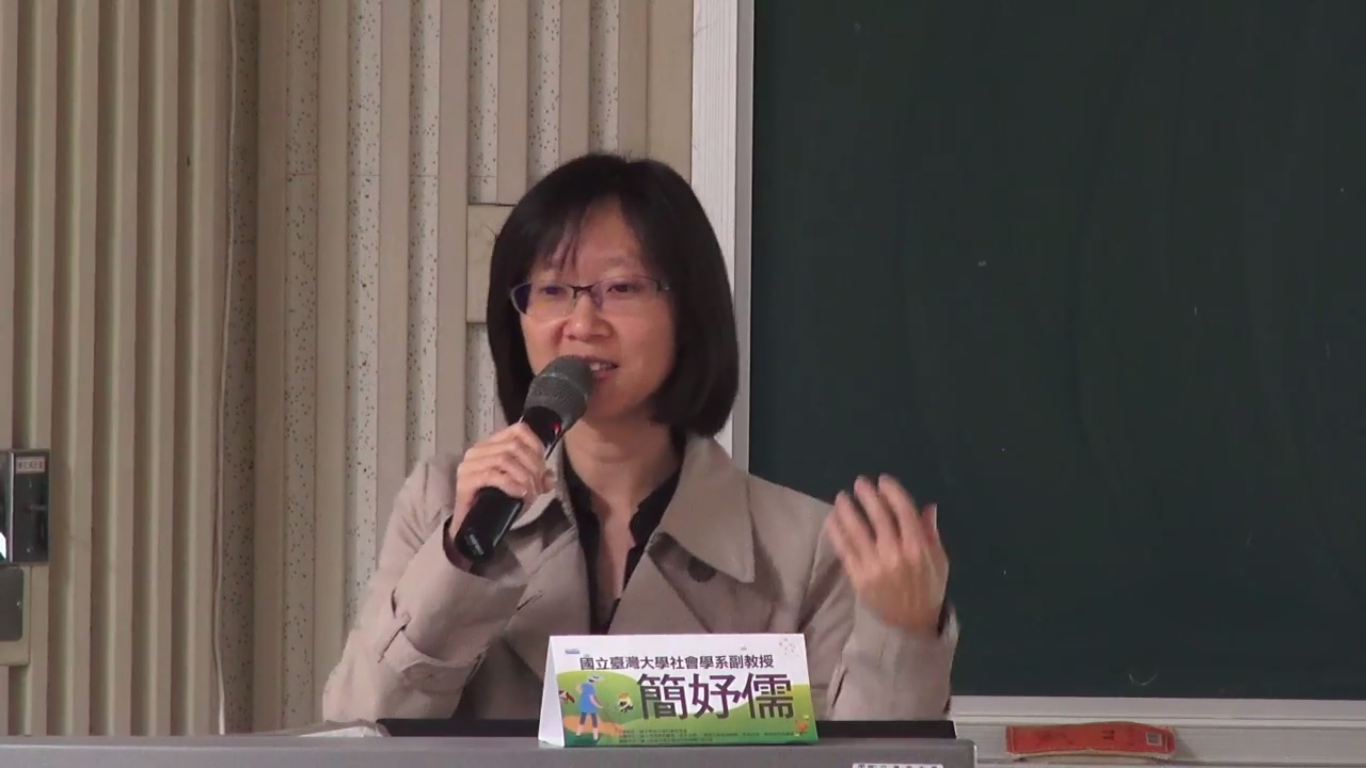原講座連結紀錄:https://thought-of-animal.com/index.php/seminar/2019/2019/564-2019-08-08-11-41-18.html
▸具有內置脈管系統的可生物降解支架,用於器官晶片工程和外科手術吻合術
Biodegradable scaffold with built-in vasculature for organ-on-a-chip engineering and direct surgical anastomosis
發表日期:2016.03.07
發表管道:Nature Materials volume 15, pages 669–678(2016)
作者:Boyang Zhang, Miles Montgomery, M. Dean Chamberlain, Shinichiro Ogawa, Anastasia Korolj, Aric Pahnke, Laura A. Wells, Stéphane Massé, Jihye Kim, Lewis Reis, Abdul Momen, Sara S. Nunes, Aaron R. Wheeler, Kumaraswamy Nanthakumar, Gordon Keller, Michael V. Sefton & Milica Radisic
資料來源:Nature Materials (https://www.nature.com/nmat/)
本文網址:https://doi.org/10.1038/nmat4570
內容簡介:
We report the fabrication of a scaffold (hereafter referred to as AngioChip) that supports the assembly of parenchymal cells on a mechanically tunable matrix surrounding a perfusable, branched, three-dimensional microchannel network coated with endothelial cells. The design of AngioChip decouples the material choices for the engineered vessel network and for cell seeding in the parenchyma, enabling extensive remodelling while maintaining an open-vessel lumen. The incorporation of nanopores and micro-holes in the vessel walls enhances permeability, and permits intercellular crosstalk and extravasation of monocytes and endothelial cells on biomolecular stimulation. We also show that vascularized hepatic tissues and cardiac tissues engineered by using AngioChips process clinically relevant drugs delivered through the vasculature, and that millimetre-thick cardiac tissues can be engineered in a scalable manner. Moreover, we demonstrate that AngioChip cardiac tissues implanted with direct surgical anastomosis to the femoral vessels of rat hindlimbs establish immediate blood perfusion.
▸器官晶片裝置上市
Organ-on-a-chip devices advance to market
發表日期:2017.
發表管道:Lab Chip, 2017,17, 2395-2420
作者:Boyang Zhang & Milica Radisic
資料來源:Publishing (https://pubs.rsc.org/)
本文網址:https://doi.org/10.1039/C6LC01554A
內容簡介:
為了抑制藥物開發的高成本,迫切需要在臨床測試之前,使用人細胞來開發更具預測性的組織模型,以確定藥物功效和安全性。通過基礎生物學研究獲得的最新見解,證實了動態細胞環境和細胞通訊對於高保真器官功能表達的重要性。基於這些知識,新興的器官晶片技術有望通過採用複雜的組織組裝方法提供可預測的人體組織模型來填補藥物篩選的空白。片上器官初創公司已經開始從學術研究中產生,以填補此商業空間,並吸引投資來改變藥物發現行業。這篇評論追溯了歷史,考察了科學基礎,並展望了這些著名的器官晶片技術的前景。它為該動態領域的新成員提供了導航現有科學和市場空間的指南。
▸器官晶片用於研究藥物輸送系統
Organ-on-a-chip platforms for studying drug delivery systems
發表日期:2014.09.28
發表管道:Journal of Controlled Release, Volume 190, 28 September 2014, Pages 82-93
作者:Nupura S. Bhise, João Ribas, Vijayan Manoharan, Yu Shrike Zhang, Alessandro Polini, Solange Massa, Mehmet R. Dokmeci, Ali Khademhosseini
資料來源:Science Direct (https://www.sciencedirect.com/)
本文網址:https://doi.org/10.1016/j.jconrel.2014.05.004
內容簡介:
新型微流控工具提供了製造和測試藥物輸送系統的新方法。器官晶片系統──複雜器官功能的微觀再現──有望改善藥物開發流程。這篇評論強調了將微流控網絡與3D組織工程模型集成以創建器官晶片平台的重要性,該平台能夠滿足創建可靠的臨床前篩選模型的需求。列舉了具體的例子來證明這些系統用於研究藥物遞送載體的性能,從而減少它們在臨床前和臨床試驗中的性能差異。我們還強調了這些概念驗證研究需要研究界追尋的未來方向,以實現加速藥物輸送的臨床目標奈米粒子。







